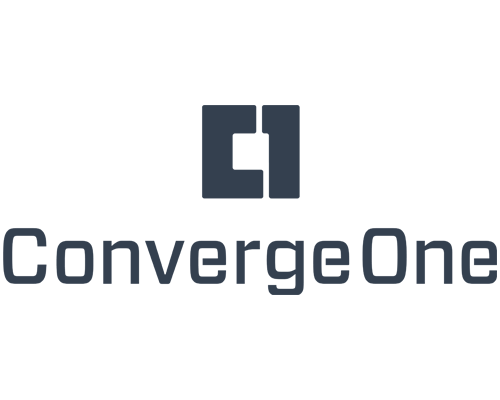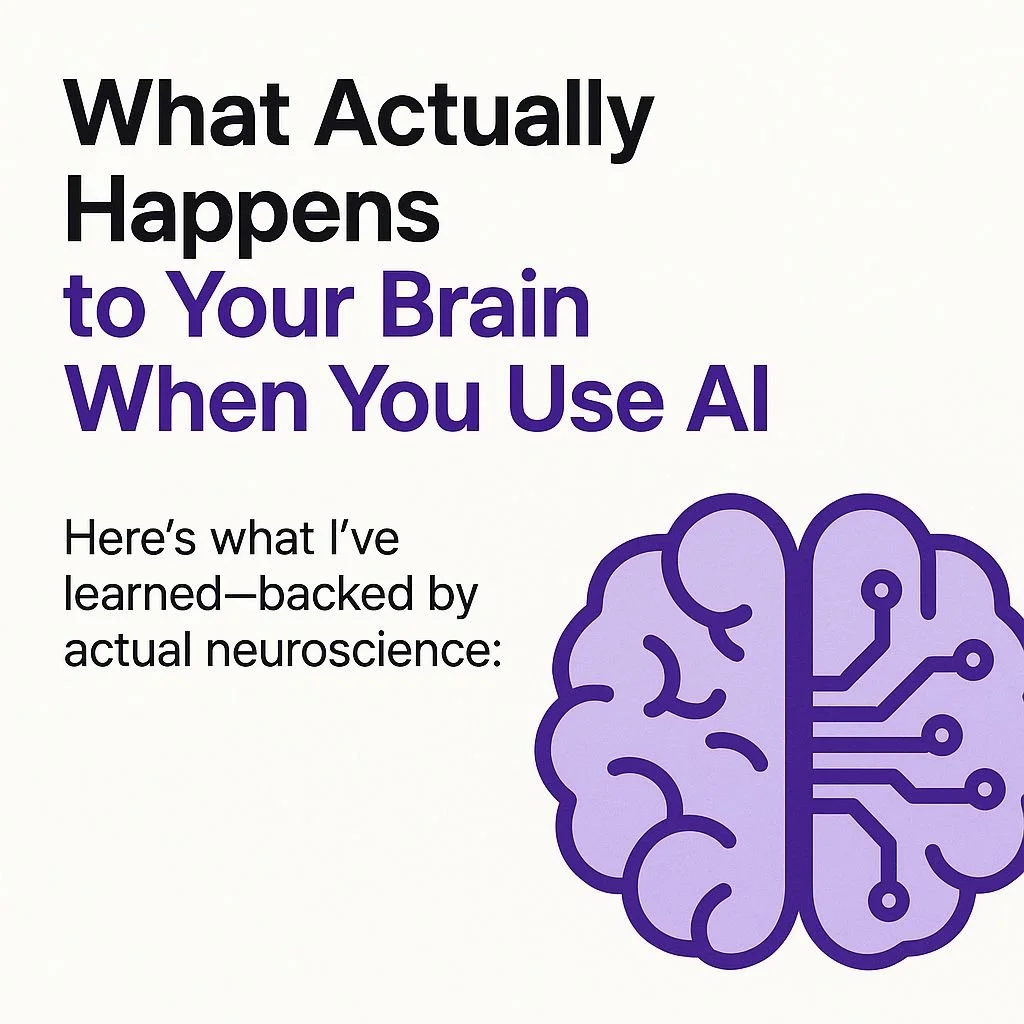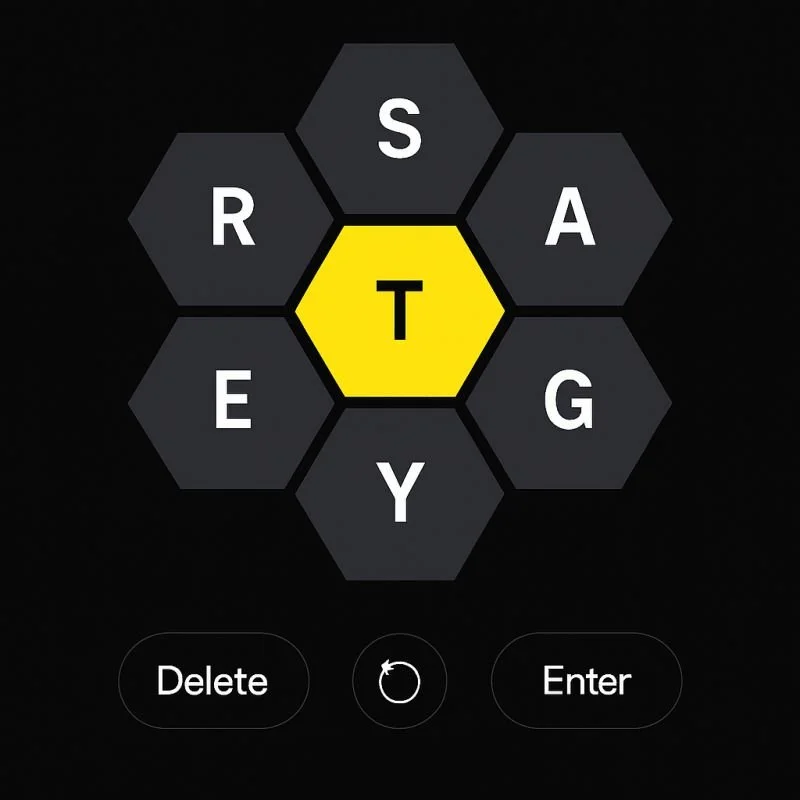
Making Sense of Change.
Shaping the Future.
The world moves fast—industries evolve, markets shift, and technology is constantly changing how we connect. For over 20 years, I’ve worked at the intersection of brand, culture, and technology, helping organizations navigate change and tell their stories in ways that matter.
I started out building brands in Silicon Valley—before becoming the ‘digital guy’ at NYC’s top Comms agencies, before launching content innovation studios for Procter & Gamble, and before leading New Business and AI integration.
But one thing has always stayed the same:
I love getting to the heart of a brand, asking the right questions, and finding the insights that make an impact.
Proven Experience.
Real Impact.

Smart Strategy.
Actionable Insights.
From working with the world’s top brands to the most agile startups, I’ve developed proprietary methods designed for efficiency, clarity, and actionable insights.
My approach is grounded in strategic frameworks built for real-world execution—ensuring that insights don’t just sound good, they work.
The Scale of Insight Framework – A strategic lens that goes beyond categories and competition, exploring history, ambition, and industry shifts to develop strategies built to last.
The Sense-Making Framework – A method for filtering intelligence through Audience, Brand, Culture, and Technology, uncovering what truly connects with people and makes a message resonate.

How I Help.
Who I Work With.
I work with agencies, tech leaders, consumer brands, and startups to develop brand positioning, communication and content strategies, that don’t just react to change—they shape it. Whether it’s defining a brand’s voice, launching a product, or refreshing corporate messaging, my goal is to make the process clear, collaborative, and meaningful.
Service.
Expertise.
Brand Strategy & AI Integration
Helping brands define their purpose, reposition in evolving markets, and integrate AI-driven insights for smarter decision-making.
Click For AI Transformation Offerings
Narrative & Messaging
Crafting compelling brand stories, messaging frameworks, naming, and verbal identities that resonate with key audiences.
Content & Storytelling Strategy
Designing content ecosystems and storytelling strategies that engage, inform, and inspire action across all channels. (social, internal, external, etc.)
Product Development
Developing agency products, Crafting go-to-market strategies and product narratives that resonate and drive business growth.
Executive & Leadership Comm
Advising C-suite leaders and teams on thought leadership, internal communications, and high-stakes presentations.
New Business & Client Growth
Supporting agencies and businesses in winning new opportunities with potential and existing clients through strategic storytelling and presentation development.

Collaborations.
Partnerships.
Client Collaborations:
I’ve had the opportunity to collaborate with teams at Microsoft, Apple, Yahoo!, Lyft, P&G (25+ brands), P&G Olympics, Part2Pictures, Goldman Sachs, Amex, Arcadium, ATCO Energy, Bayer, Bristol-Myers Squibb, and a mix of innovative tech startups.
Agency Partnerships:
I’ve partnered with leading communications agencies including; Teneo, M Booth, Bladonmore, MMC/Omnicom, DeVries/IPG, Citizen Relations/BlueFocus, Praytell, McCann, Sparks and Honey, and Arnold Worldwide, supporting strategy, campaigning, positioning, new business, and storytelling projects.



















But don’t just take my word for it…
Jane B. - Omincom
“I love working with Jon! He's a really smart strategist and a great, open-minded partner to creatives.
His calm demeanor and thoughtfulness help him manage a roomful of differing opinions and see the common thread that starts the weave of an integrated idea.
Jon pushes everyone to think beyond and have fun in the process”
Anne S. - Teneo
“A creative strategic thinker with a keen ability to perfectly articulate a company's story and the fact so many have entrusted their public ethos to Jon is telling.”
Anne S. - Teneo
“I would consider myself extremely fortunate to have the opportunity to work with Jon again. He is the epitome of a great partner to colleagues and clients alike.”
Diana M. - Multiple Agencies
“Jon’s leadership and creativity helped transform how we approach our agency’s new business engagements. He helped set the vision for our team for strategic presentations by being smart and focused on what information is important.”
Edwin E. - MMC
“Jon was an incredible strategic partner as we developed BIG campaigns for major brands. He is a rare breed - someone who can link strong strategy to creative, with a constant eye on the business objectives.
His energy was infectious and his positive outlook when things get difficult is critical for a modern agency dealing with tight turn arounds.”
Anne S. - Teneo
“While his work product is stellar, it is his demeanor that is perhaps most refreshing. Collaborative and diligent, Jon is a rare breed of writer and strategic thinker who seeks out the perspectives of others to pressure-test his work and ensure it can withstand scrutiny from all stakeholders. ”

Thought Leadership:
Ideas That Spread











The communications industry is at a pivotal inflection point, a moment of profound transformation that extends far beyond the mere adoption of new tools. The AI revolution is not simply a new layer of technology to be integrated into existing workflows; it is an epochal shift that is fundamentally reshaping the very nature of brand, communication, and human work. We are transitioning from the era of digital transformation, which was a story of optimizing human-driven processes, to the "Agentic Imperative," where autonomous systems and intelligent agents will serve as the new operational bedrock for business and the essential infrastructure for brands to become truly dynamic, responsive, and authentic "living brands."